As part of the English Curriculum (Reading), Room 13 students were given the task of decoding symbols and interpreting the visual messages in the art and signage around the school. Similarly, they needed to understand how images and symbols convey meaning using Visual Language.
The symbols for Wairakei Primary School’s POWER Values are featured on the windows in Room 13 as well as other places in the classroom. Do we know what they mean?
It has been a few years since the symbols were developed. I had to admit to the class that I did not know them all. I had been sharing the individual letters for the POWER Values and what they stood for, and not the meaning behind the symbols. My students had only been at school a couple of years, and they did not know this either.
After requesting clarification of the symbolism behind the icons, several discussions took place. First, the students shared ideas about what each symbol represented. Next, they shared their connections of why the icon was used to represent the POWER Value.
This is the symbol for Pride. It’s a tree. I thought it was a windstorm.
This is the symbol for Pride. It is a tree. I don’t think it looks like a tree.
This is Wairakei School’s symbol. It stands for Pride. I didn’t think it looked like a tree. I thought it looked like the tree roots that hold up the tree.
This is our symbol for Pride at our school. I found out that it was a tree. I thought it was a stream or a cloud. If you look closer, you can see the leaves. I thought it could also be a vine or a worm.
This is one of Wairakei’s POWER values. There are lots of bubbles. It stands for Opportunity. I think bubbles were used for the symbol because they look like the letter O.
This is a symbol for our school. It is the Opportunity symbol. There are lots of bubbles. I think bubbles were used for the symbol because you can blow lots of bubbles and have lots of opportunities to learn.
This is our Opportunity symbol at Wairakei Primary School. It is the symbol of bubbles. I thought it was bubbles because it has lots of spheres. I think it is also the symbol of opportunity because popping bubbles is fun, and having opportunities makes you happy. I think it is a great symbol for opportunity.
This is Wairakei Primary School’s symbol for Whānau. It looks like a spiral because it's got lots of swirly, whirly parts in it. It is a fingerprint. It means a family because whānau means family.
At school, whānau means to me family and friends. I don’t think the symbol looks that much like a fingerprint. I think it looks more like waves.
This symbol stands for Excellence. It looks like a mountain. I think Wairakei Primary weSchool has the mountain symbol for excellence because it takes time to get to the top but it is beautiful when you get there.
My mountain is drawing. I want to have excellence in drawing. If I work hard I will get excellence at drawing.
This is the symbol for excellence. I thought it was a river but it is some mountains. My biggest mountain is skateboarding. My smallest mountain is reading.
This is the symbol for Respect. It is a river. I show respect to my teacher. I show respect on the playground.
The symbol is Respect. I think respect means to be kind. I think they chose a river for the respect symbol because they both start with r.
I think a river is a great symbol for respect because rivers go through lots of places and countries. We all have to look after our water.
The students agreed the symbols helped them to think more in depth about the POWER values. They agreed that at times it is hard to remember the meanings of new ideas and vocabulary. The symbols are a great pictorial prompt for them to use their POWER.
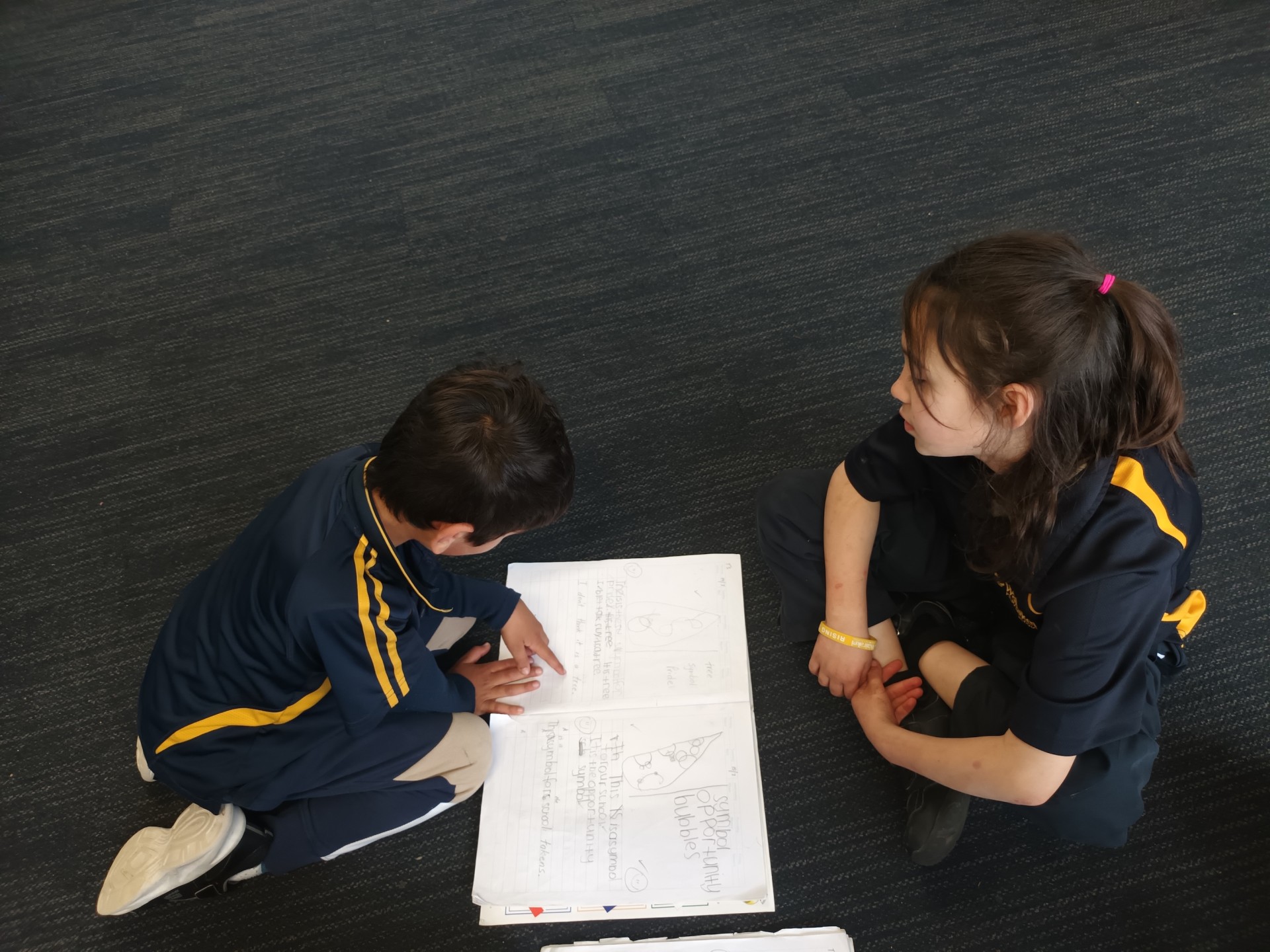
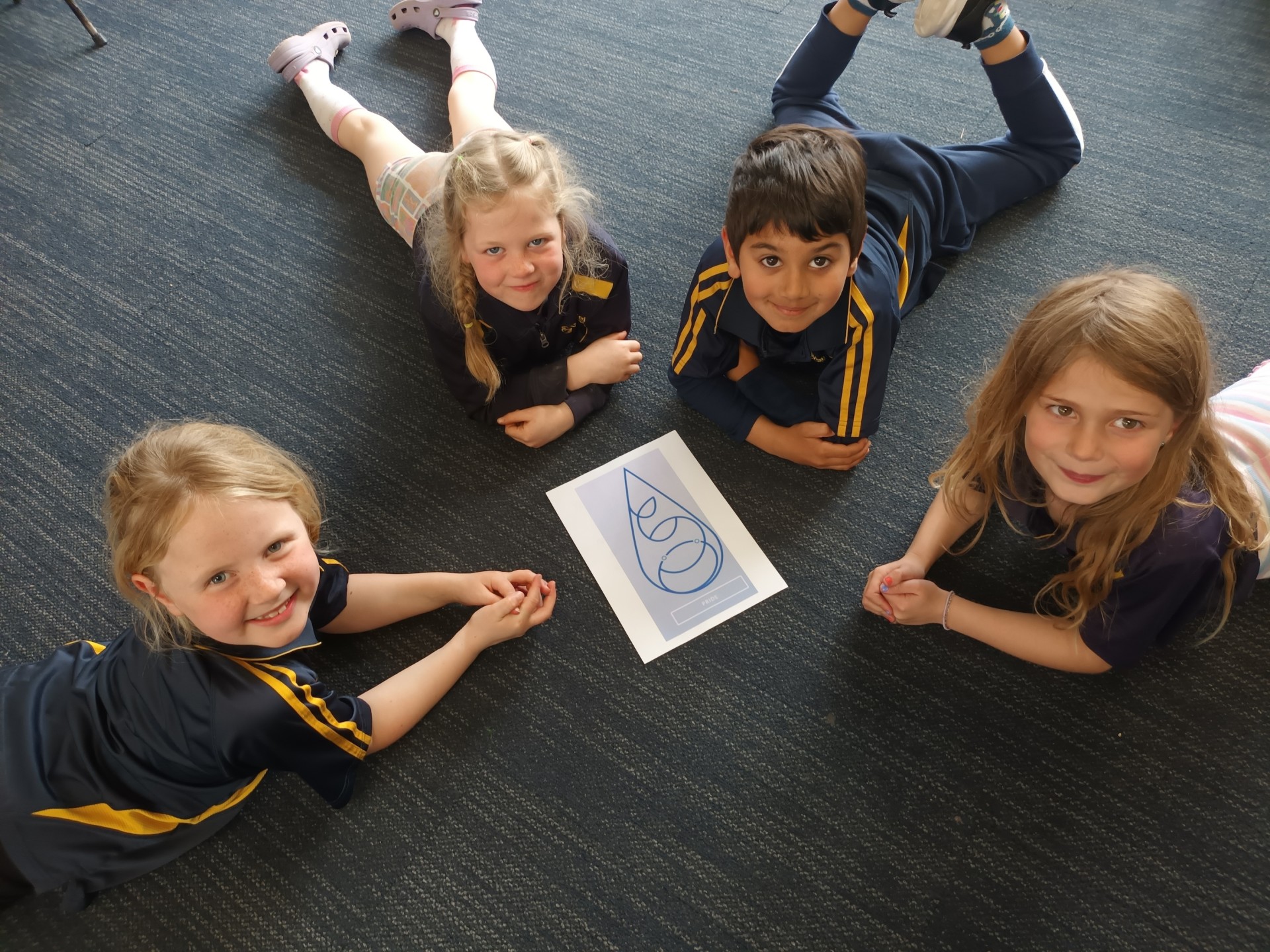
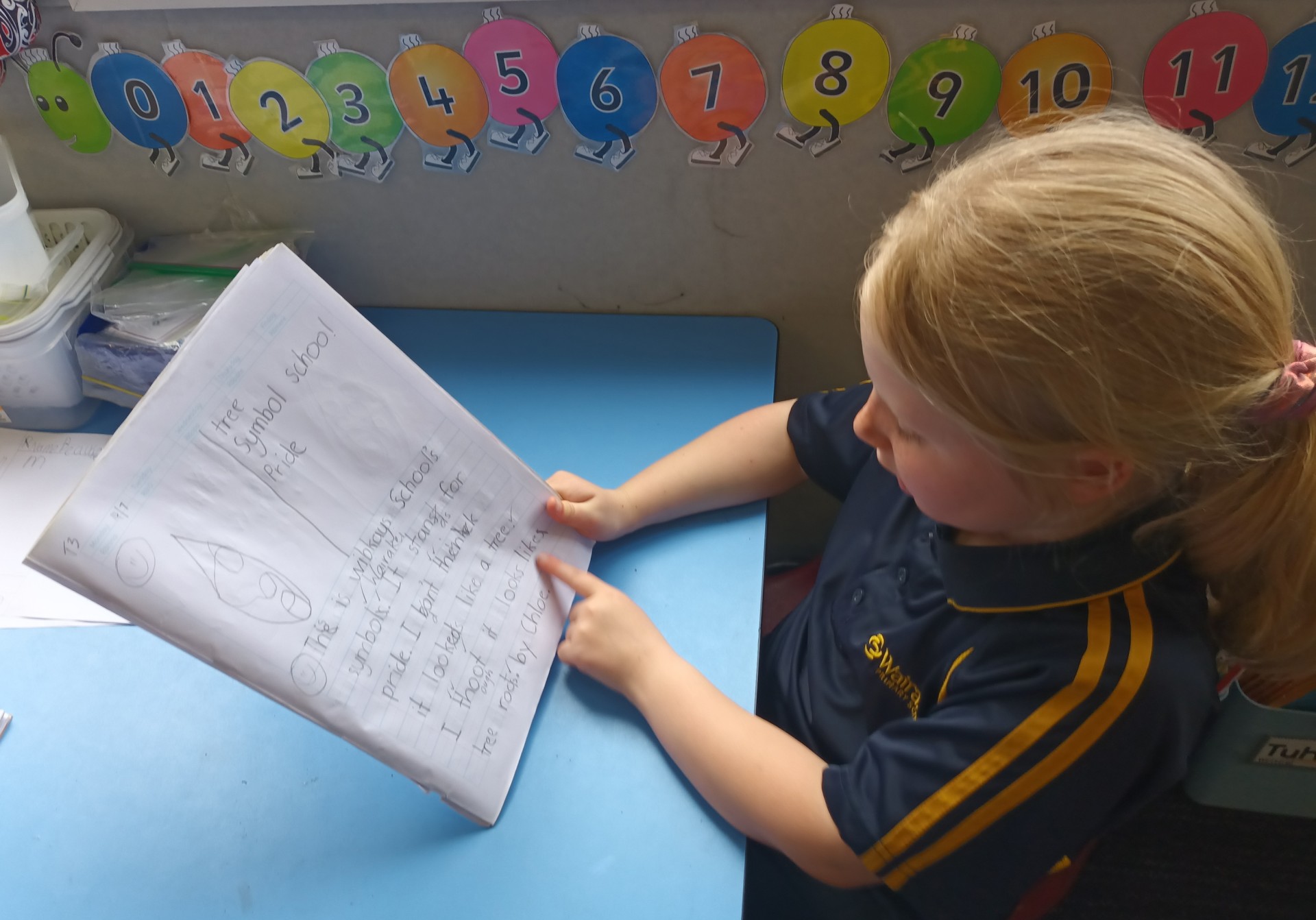
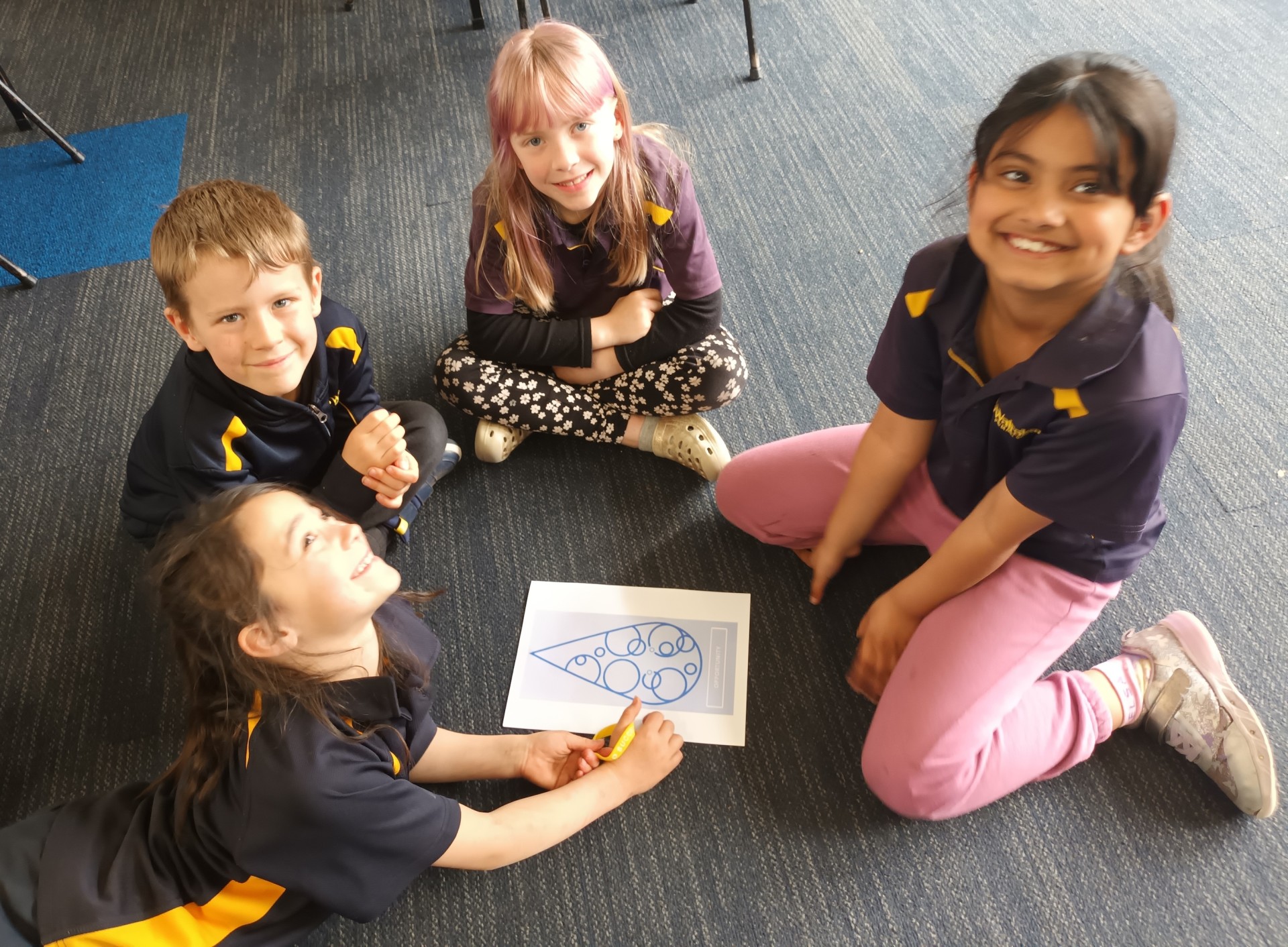
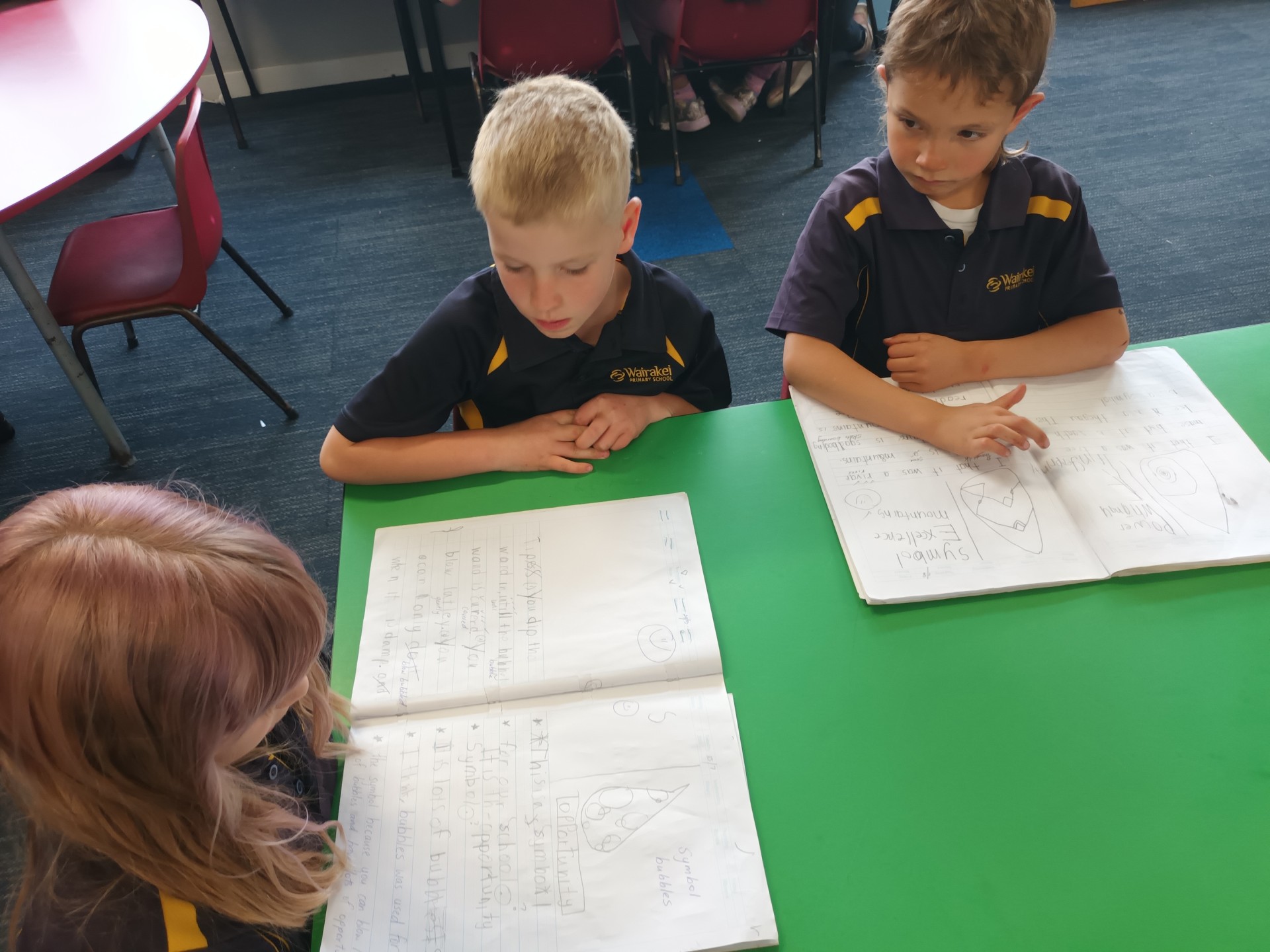
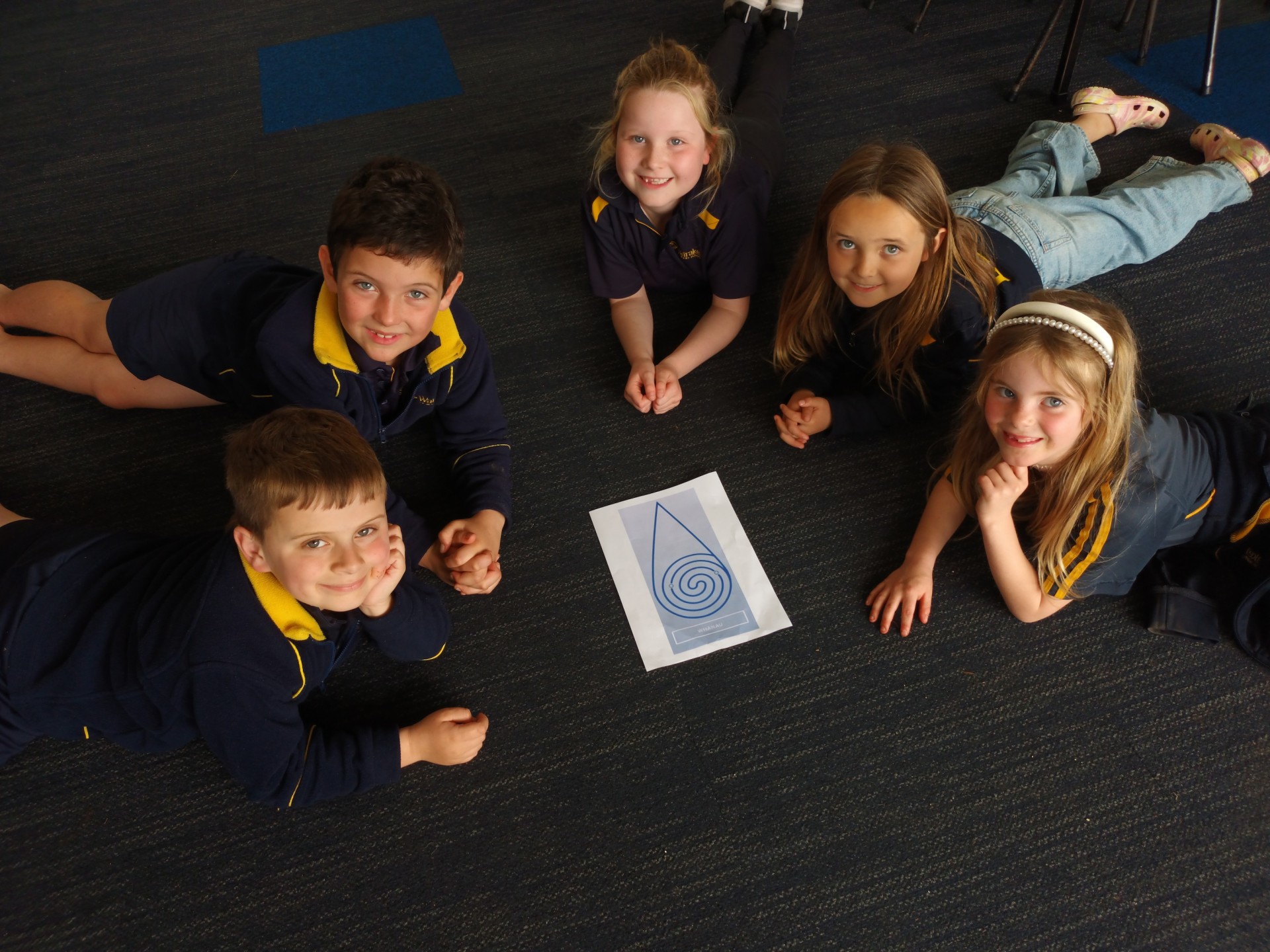
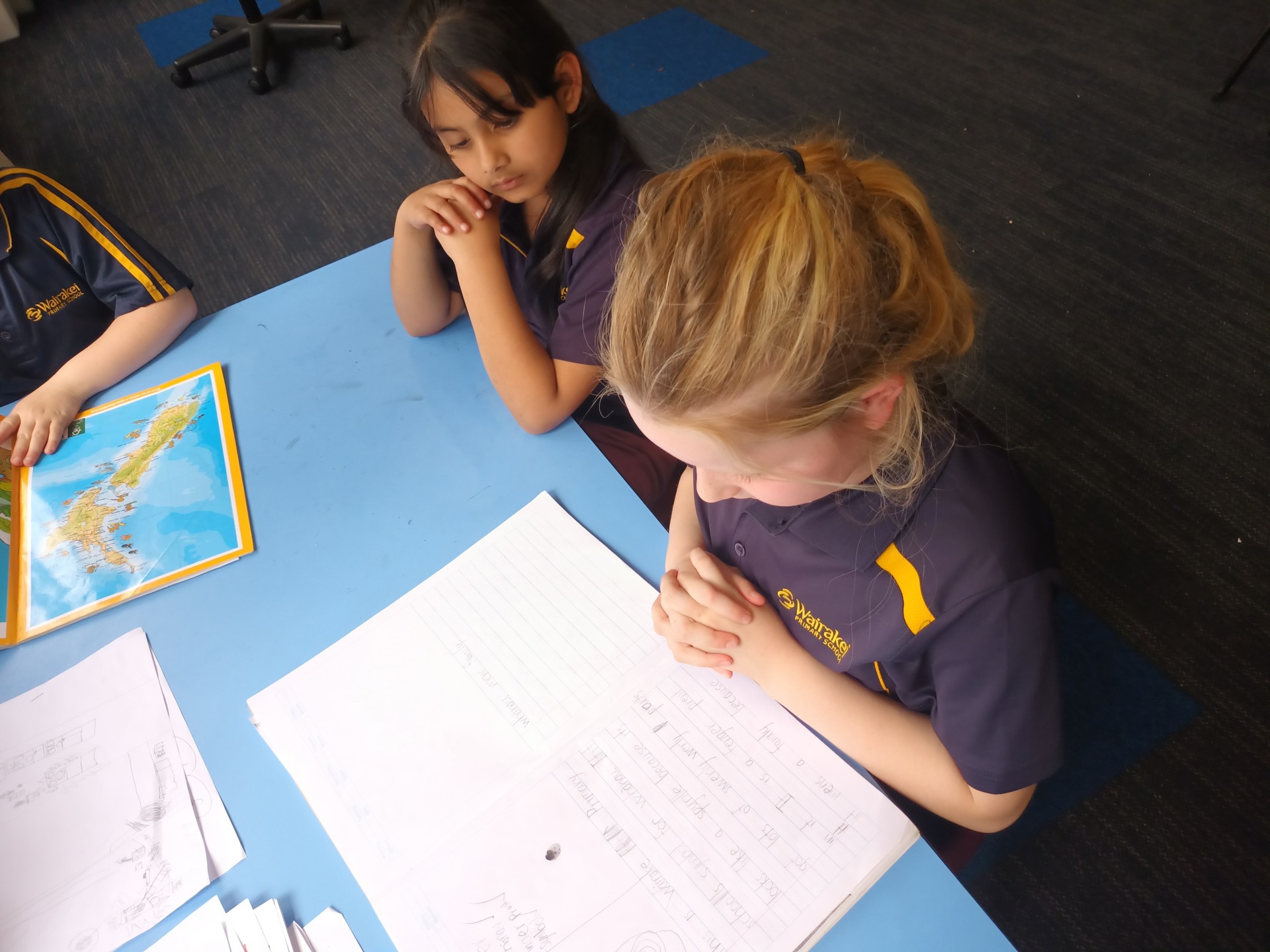
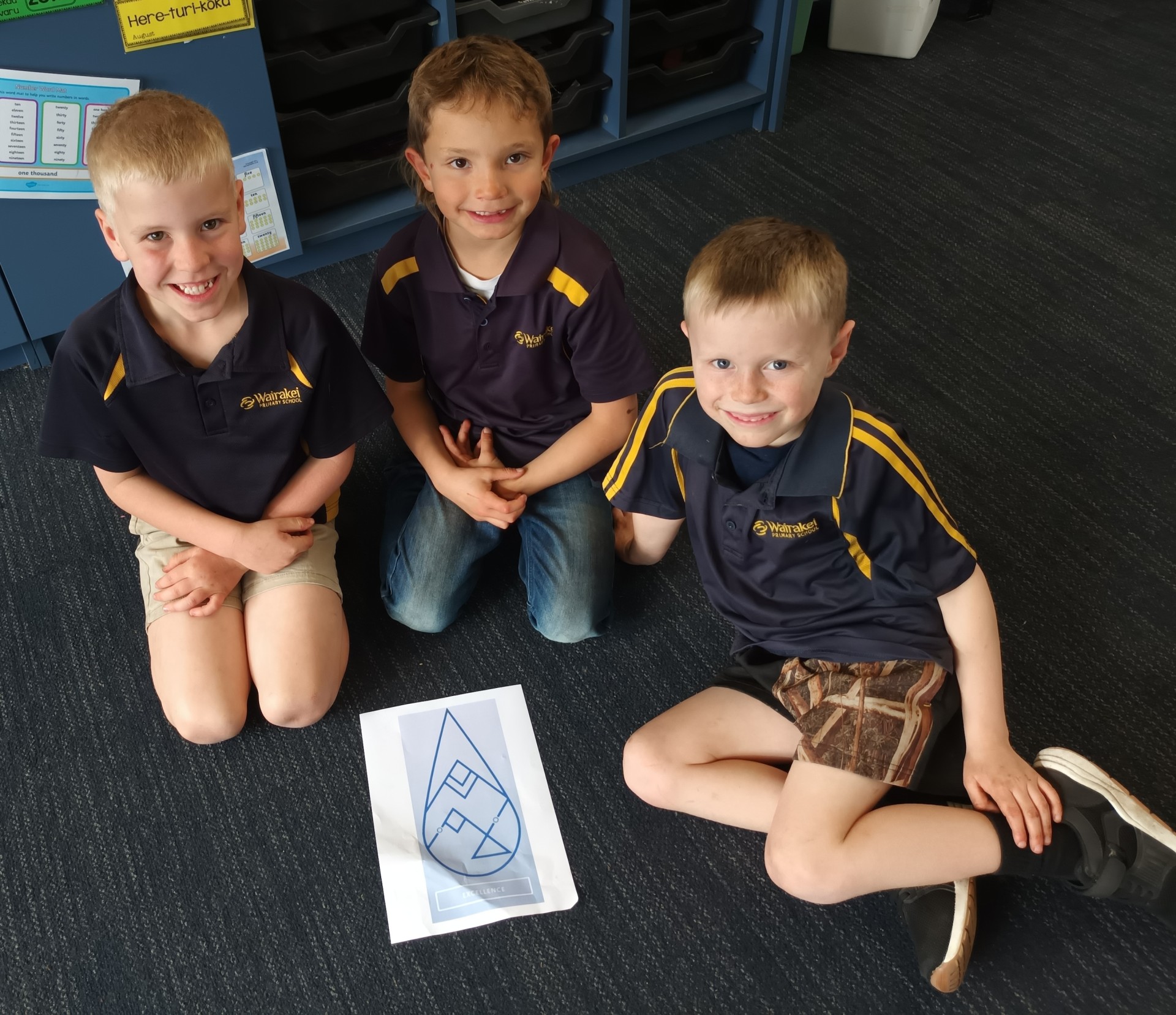
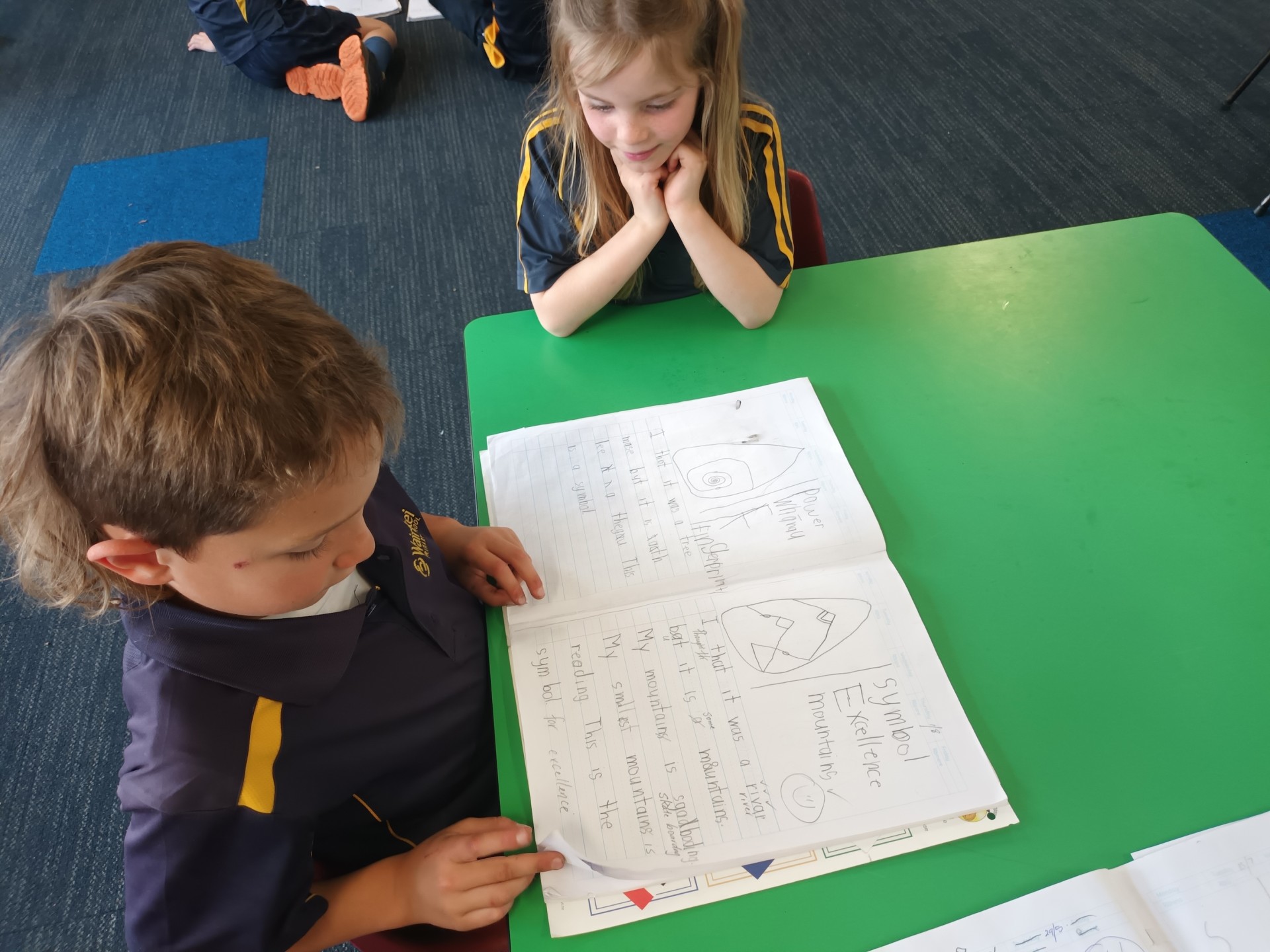
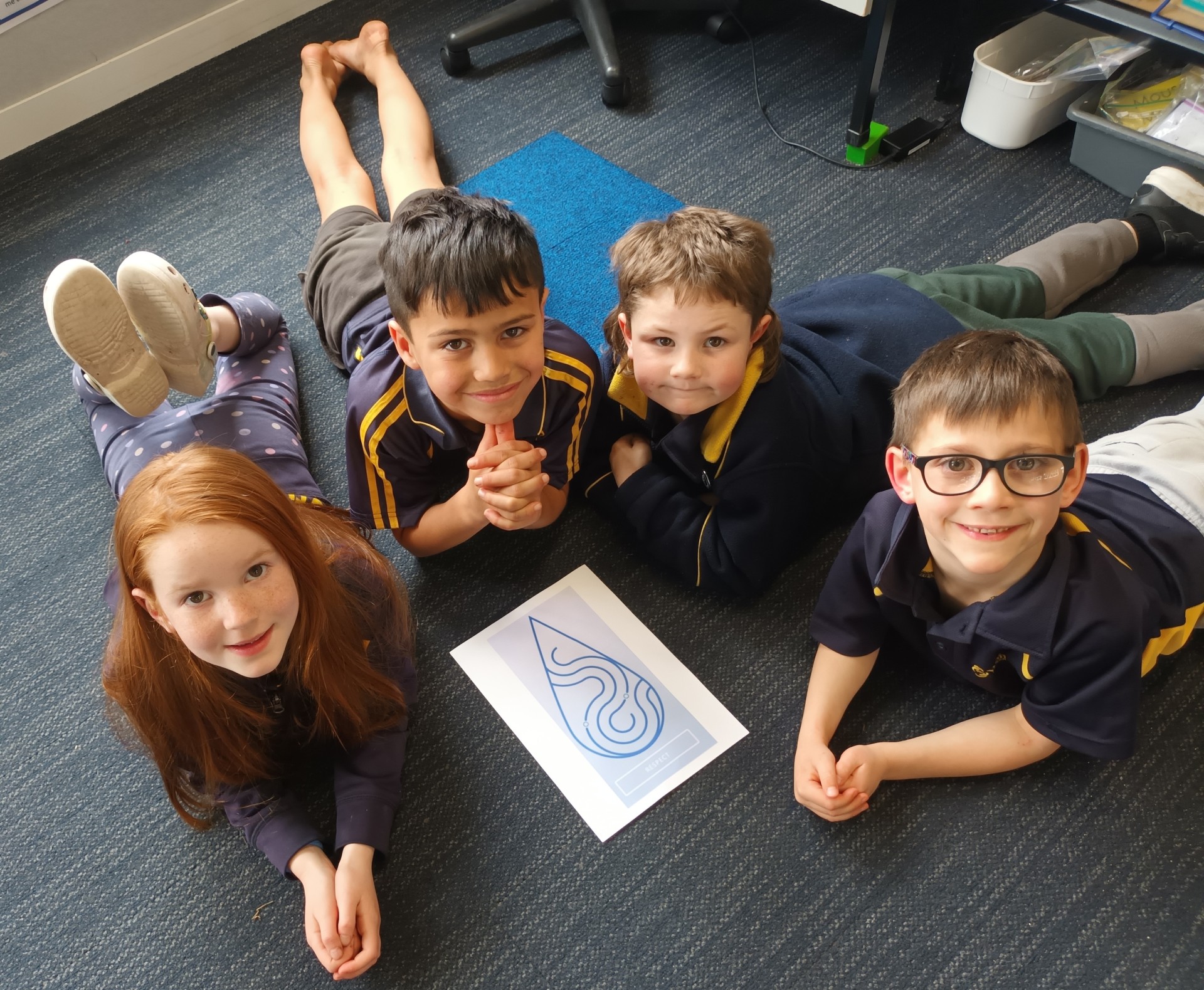
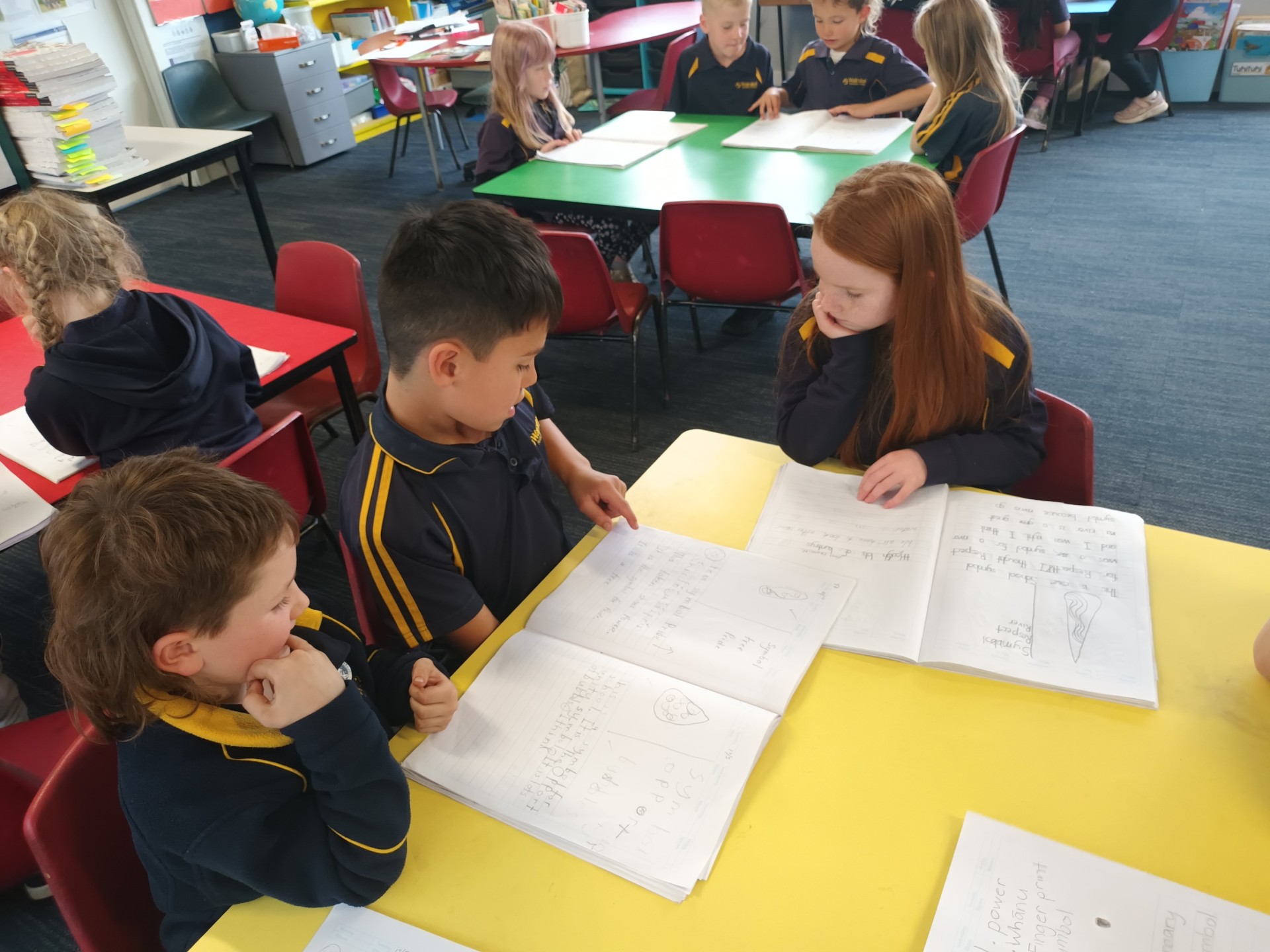


Comments
No one has commented on this post yet.